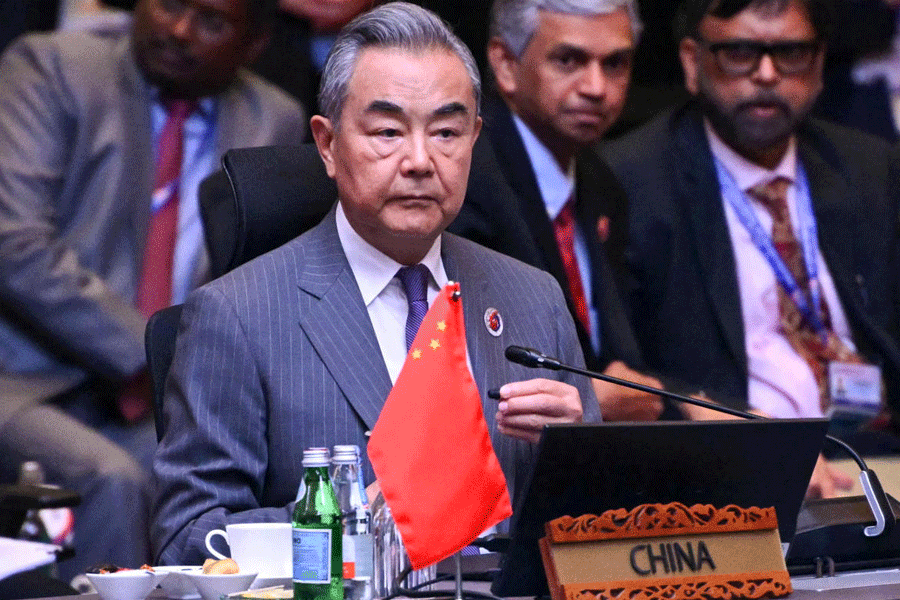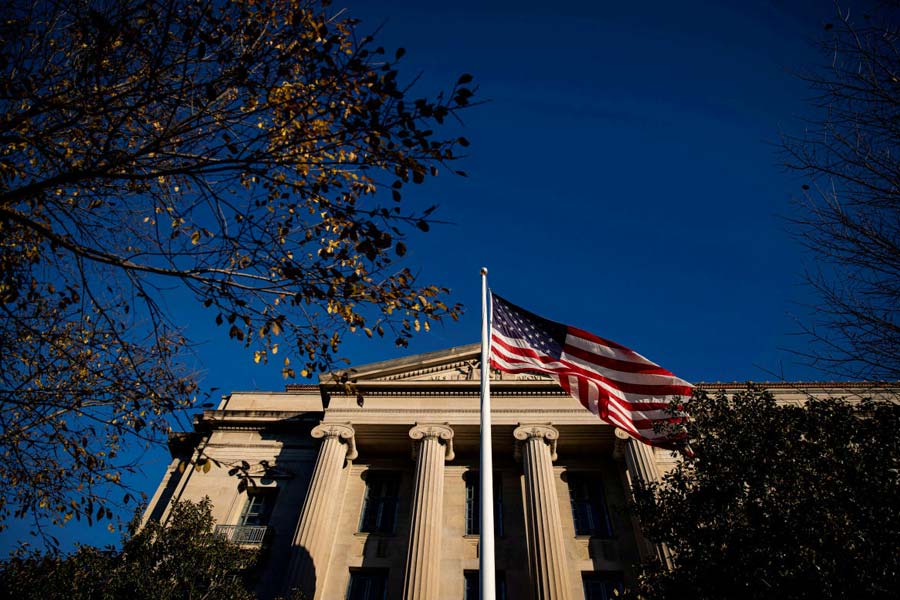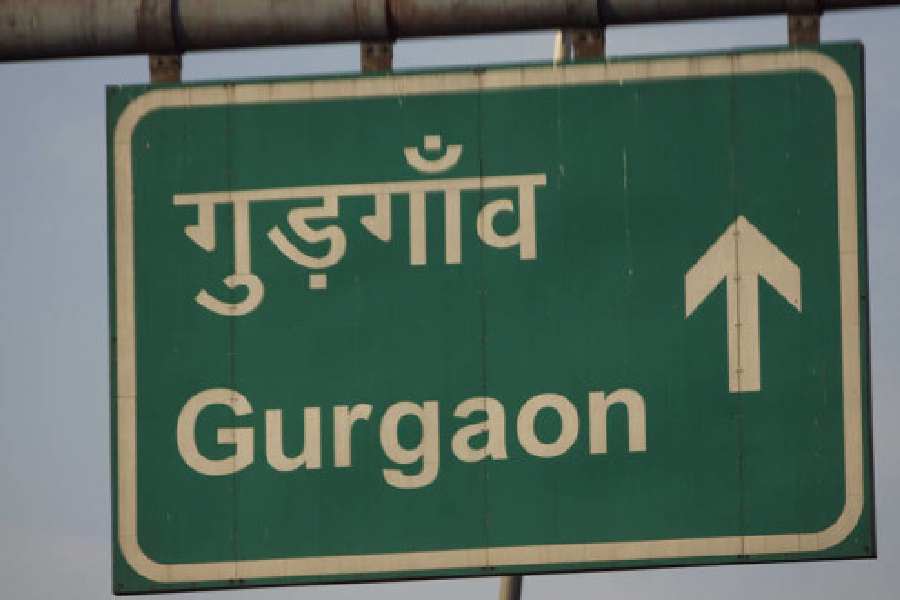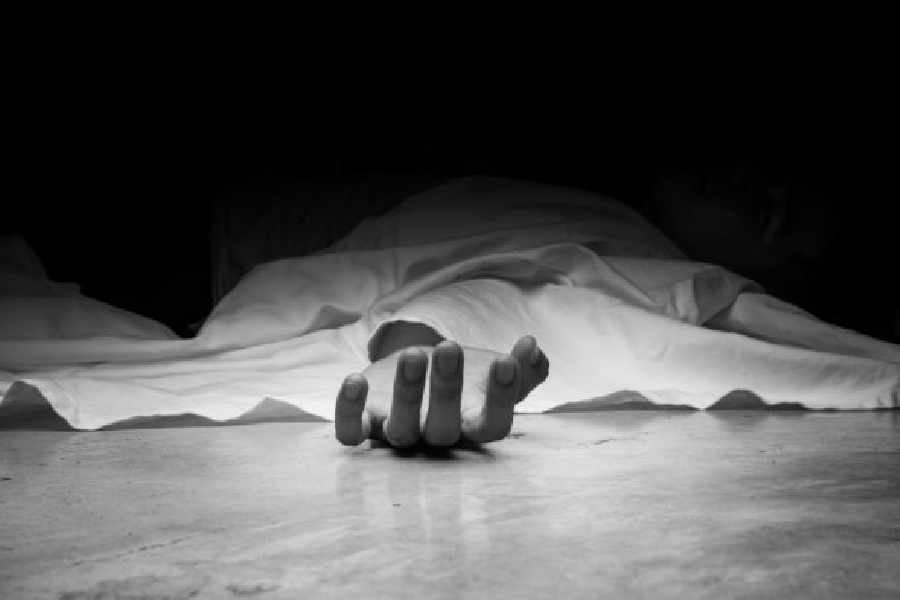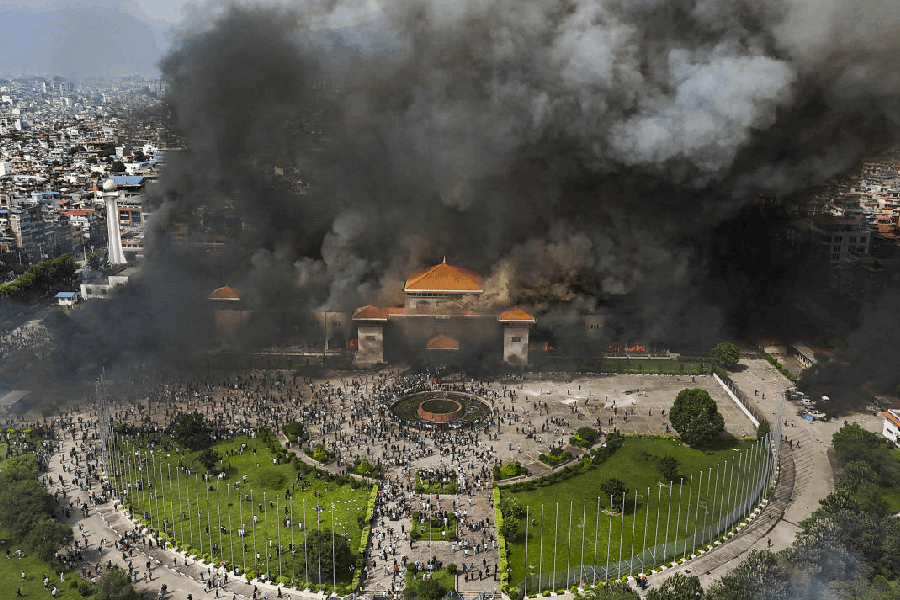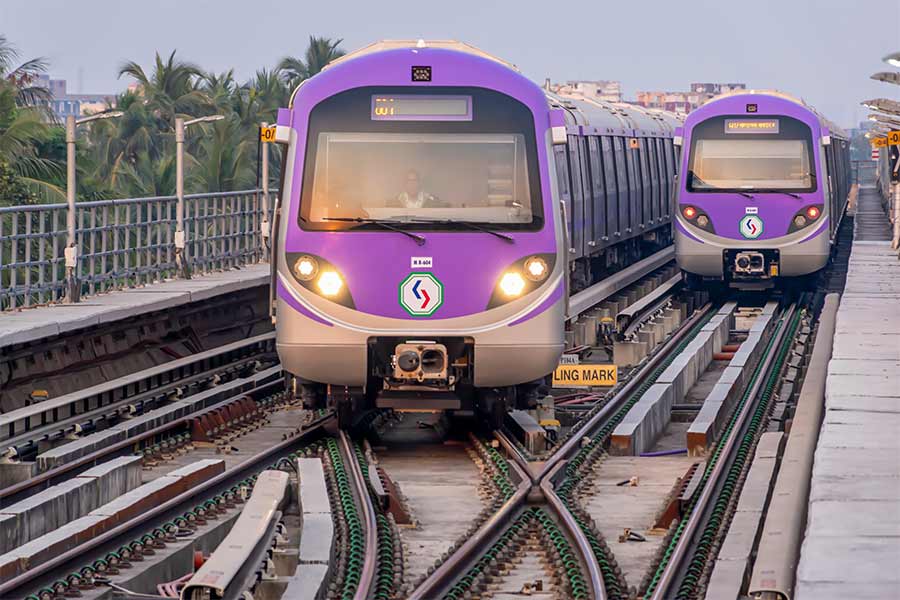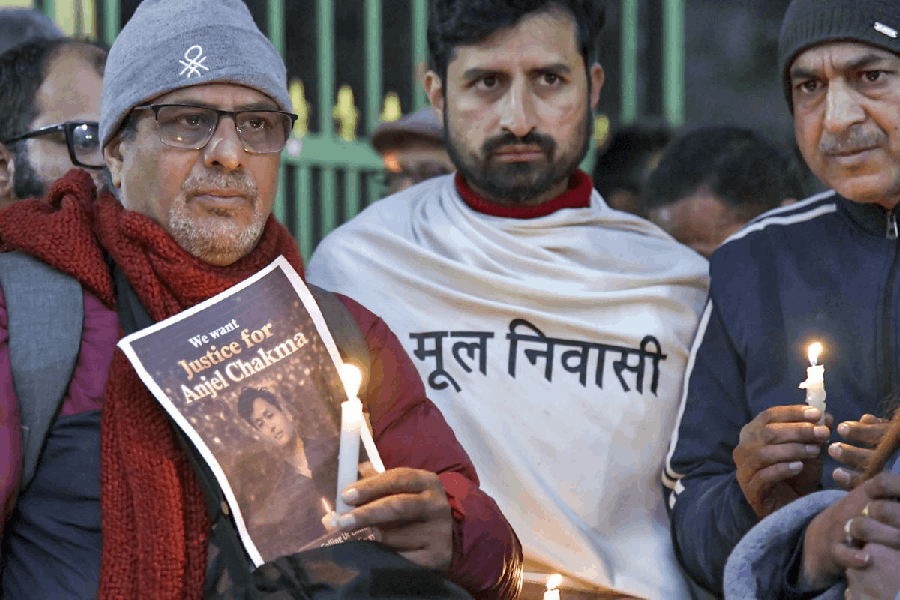 |
Patna, April 19: Rural voters outnumbered urban ones during Thursday’s polling in two Patna district seats — Patna Sahib and Pataliputra.
According to revised voter turnout figures for the second round of Lok Sabha polls held in seven parliamentary constituencies, the polling percentage was 56.34 per cent in Pataliputra and 45.37 per cent in Patna Sahib. Earlier, as per a press communiqué issued by the office of chief electoral officer, Bihar, voting percentage in both constituencies had stood at 52 per cent till 6pm on Thursday, when polling ended.
Patna district magistrate-cum-returning officer N. Saravana Kumar told The Telegraph today: “The preliminary voter turnout figure of 52 per cent covered the entire district, including Patna Sahib and Pataliputra parliamentary constituencies and Barh and Mokama Assembly segments of Munger constituency. The preliminary voter turnout percentage was based on information collected from sector officers, polling magistrates and local police station house officers (SHOs) by Thursday night. However, we came to the revised and final figure based on reports from all presiding officers given at the time of submission of EVMs.”
Patna Sahib encompasses six Assembly segments, namely Digha, Bankipore, Kumhrar, Patna Sahib (Patna city), Fatuha and Bakhtiarpur, of which the first four are predominantly urban areas. Pataliputra, too, covers six Assembly segments, namely Paliganj, Masaurhi, Bikram, Maner, Danapur and Phulwarisharif, mostly rural or semi urban.
Patna district magistrate (DM) Saravana Kumar said women formed 52.86 per cent of voters in Pataliputra on Thursday. The turnout of female voters in the urban Patna Sahib stood at 41.06 per cent.
A.N. Sinha Institute of Social Sciences director D.M. Diwakar said: “It is very shocking that only 45 per cent of Patna Sahib voters voted. This shows the numerous steps taken by Election Commission over the past few months, through advertising on television, newspapers, hoardings, on the Internet and on mobile phones to bring voters to the polling stations was largely wasted. It shows that the urban middle class does not have much enthusiasm for voting.”


